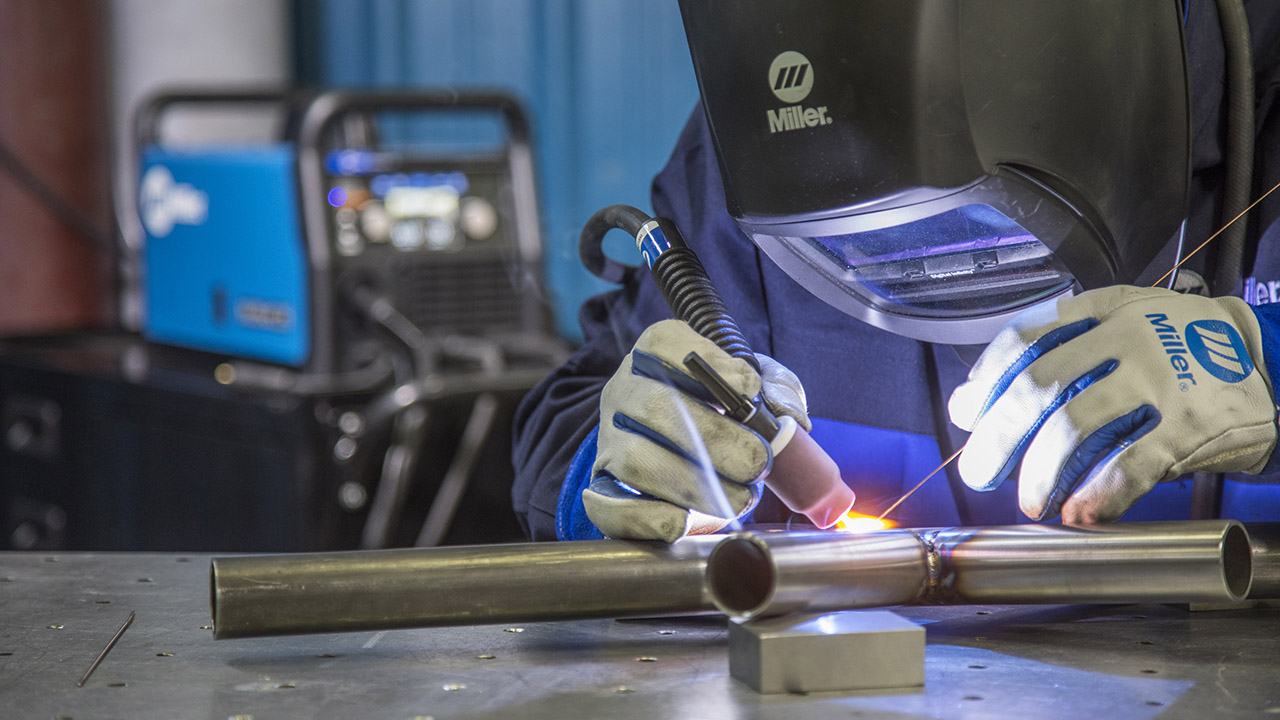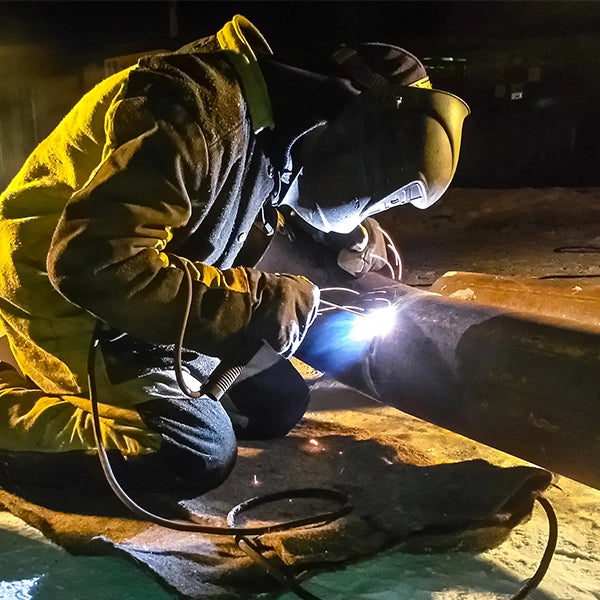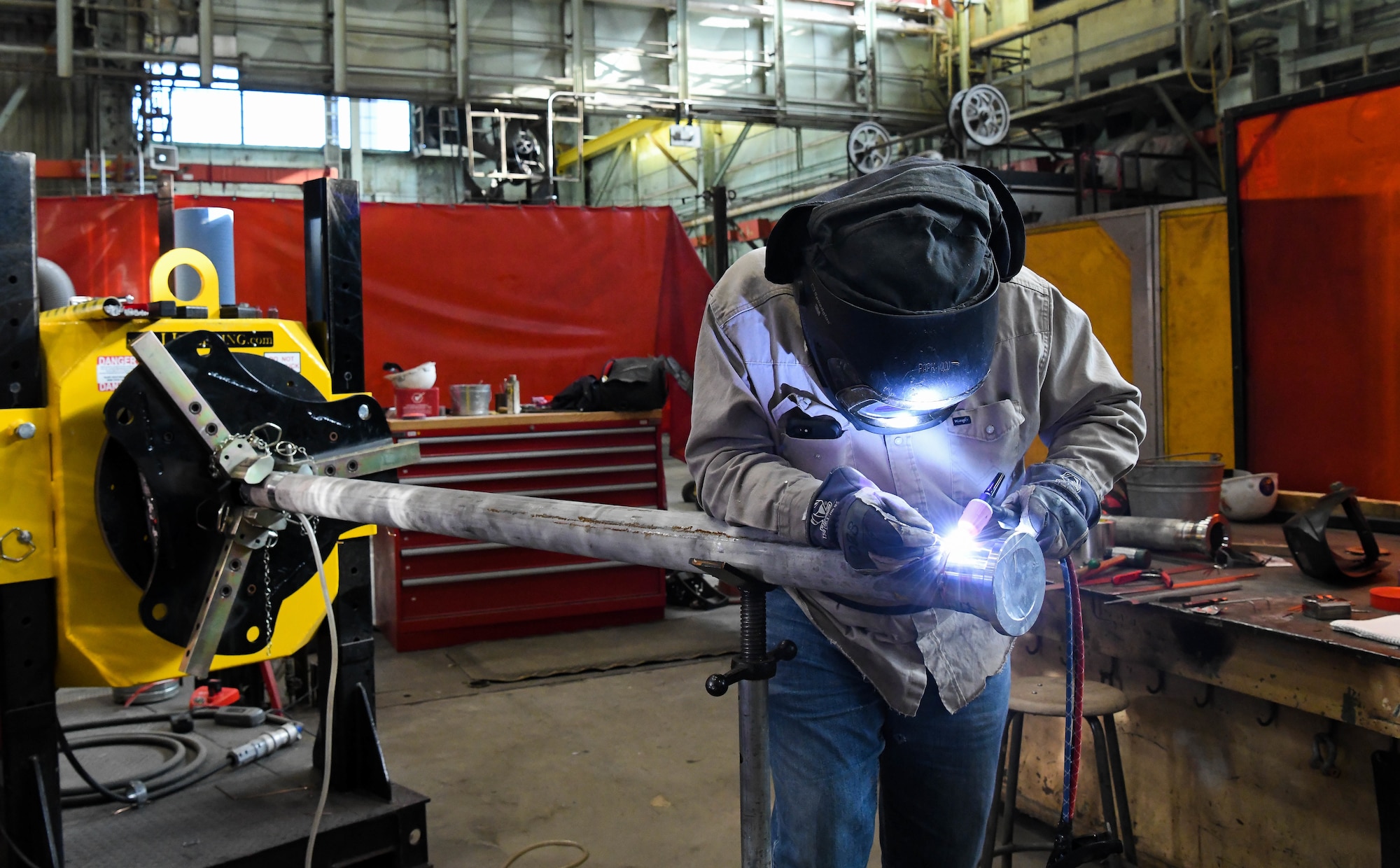The Ultimate Overview to Welding WPS Procedures: An Extensive Introduction for Welders
In the elaborate world of welding, Welding Procedure Specifications (WPS) serve as the foundation of guaranteeing top quality, consistency, and security in welding operations (welding WPS). As we dig into the various components of a WPS and check out the details of qualification and qualification, we will uncover the crucial role these procedures play in the world of welding.
Relevance of WPS Procedures
Recognizing the importance of Welding Treatment Specs (WPS) procedures is critical for guaranteeing the high quality and integrity of welded structures. WPS treatments offer as a roadmap for welders, detailing the required actions, criteria, and products required to attain an audio weld. By sticking to WPS guidelines, welders can make sure consistency in their job, leading to structurally sound and trustworthy welds.
One of the primary reasons why WPS procedures are crucial is their role in maintaining weld quality and stability. Complying with the defined welding criteria and strategies detailed in the WPS assists prevent defects such as porosity, splitting, or insufficient combination, which can compromise the strength and resilience of the weld.

Elements of a WPS
A Welding Procedure Spec (WPS) typically comprises vital components that information the particular demands for carrying out a weld, making certain consistency and quality in the welding process. The essential components of a WPS consist of important variables such as base steels, filler metals, interpass and preheat temperatures, welding processes, protecting gases, welding placements, and post-weld warmth therapy requirements.
Base metals describe the materials being signed up with, while filler steels are made use of to fill up the space in between the base metals throughout welding. Preheat and interpass temperature levels are important for controlling the heat input and stopping concerns like cracking or distortion. The welding procedure lays out the certain technique to be utilized, whether it's gas metal arc welding (GMAW), shielded metal arc welding (SMAW), or one more method. Securing gases safeguard the weld swimming pool from climatic contamination. Welding settings specify the alignments in which welding can be executed. Post-weld warm therapy might be needed to eliminate stresses and enhance the weld's homes. A comprehensive understanding of these parts is crucial for producing a efficient and thorough WPS.

Credentials and Accreditation
Having actually developed the crucial components of a Welding Procedure Specification (WPS), the focus currently changes in the direction of the crucial aspects of qualification and accreditation in welding techniques.

Certification, on the other hand, is the formal acknowledgment of a welder's credentials by a relevant accreditation body or company. Welding accreditations are generally based upon the details welding procedures, materials, and placements a welder is qualified to work with. Holding a legitimate welding certification shows that a welder meets industry requirements and is experienced to perform welding jobs to the called for specifications.
Producing a WPS
To develop a Welding Procedure Specification (WPS) that fulfills market standards, cautious consideration of welding procedures, materials, and functional specifications is crucial. The very first action in producing a WPS is to recognize the welding procedure to be used, such as gas metal arc welding (GMAW) or protected metal arc welding (SMAW)

Carrying Out and Keeping Track Of WPS
Upon wrapping up the thorough Welding Procedure Requirements (WPS) that thoroughly details welding processes, materials, functional criteria, and top quality guarantee actions, the focus changes to successfully applying and keeping track of the recognized procedures. Implementation entails ensuring that all welders entailed in the job know with the WPS and follow it diligently throughout the welding procedure. This needs supplying adequate training and supervision to ensure adherence to the specified procedures. Keeping track of the WPS involves continuous oversight to confirm that welding activities line up with the documented specifications. Inspections, testing, and quality assurance actions are important elements of the surveillance procedure to identify any discrepancies or concerns quickly. Normal audits and evaluations of the welding procedures help in keeping uniformity and high quality throughout the task. Reliable application and surveillance of the WPS are crucial for guaranteeing the honesty, toughness, and security of the welded joints, inevitably adding to the overall success of the welding job.
Verdict
To conclude, understanding and adhering to Welding Procedure Specifications (WPS) is important for welders to guarantee top quality, uniformity, and safety and security in their job. By understanding the components of a WPS, acquiring proper certifications and qualifications, creating comprehensive treatments, and executing and checking them successfully, welders can improve their abilities and effectiveness in welding techniques. Sticking to WPS procedures is essential for creating high-grade welds and conference industry requirements.
In the elaborate world of welding, Welding Procedure Specifications (WPS) offer as the foundation of ensuring high quality, consistency, and security in welding operations. The welding process describes the details method to be utilized, whether it's gas steel arc welding (GMAW), secured steel arc welding (SMAW), or an additional approach.To create a Welding Treatment Requirements (WPS) that meets industry criteria, mindful consideration of welding processes, materials, and operational parameters is important. The first step in creating a WPS is to recognize the welding procedure to be made use of, see this such as gas steel arc welding (GMAW) or secured metal arc welding (SMAW)Upon settling the thorough Welding Treatment Specification (WPS) that carefully details welding processes, materials, functional specifications, and top quality guarantee steps, the focus moves to successfully applying and monitoring the well-known procedures.